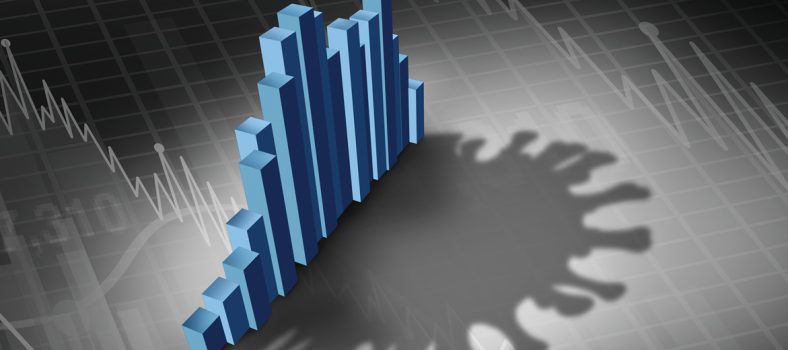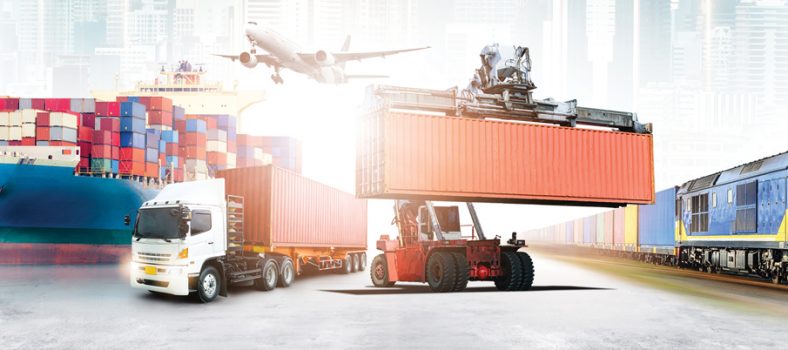Supply chain disruptions are a prominent concern across the globe. “We are all aware of the container ships lined up at ports, and months’ long delays in delivery times,” says Kirk Mann, Senior Vice President and GM of Transportation Finance, Mitsubishi HC Capital America. “However, supply chain issues and inefficiencies are not a new topic in the transportation industry. Efforts are driving the development and adoption of technology-based solutions to increase efficiencies, productivity and profitability that would largely prevent or mitigate the issues we’re experiencing today.
“Planning appropriately and deploying new technologies are just part of the solution,” Mann says. “An equally critical aspect of addressing these issues is to ensure that human needs and consumption are carefully considered. Both must be evaluated and satisfied in order to enable great growth for the industry.”
The following four technologies are ones that Mann identifies as having the most potential to positively impact supply chain issues now and in the future, some of which he discussed during a panel presentation at the recent Fleet Forward conference.
1. AI-Based Demand and Supply Forecasting – Demand and supply forecasting enabled with artificial intelligence uses historical and contextual data to predict demand and supply requirements, and allows companies to be more proactive for network and planning capacity. For example, it enables the ability to determine the number of vehicles needed for transport and direct them to the locations where demand is expected, which decreases operational costs. According to Mckinsey Digital, AI-enabled forecasting can reduce supply chain network errors by 30-50 percent and provide up to a 65 percent reduction in lost sales due to out-of-stock inventory. This technology is seeing increased adoption and capital outlay across multiple industries.
2. Warehouse Automation – Labor costs and shortages and increased throughput requirements are driving interest in automation technology that provides improved scalability and lower costs. The key takeaway from a 2020 industry study by DC Velocity and ARC Advisory Group was that “the future of warehousing depends on investment in software and automation technologies.” 96 percent of respondents in the study’s survey indicated that they expect the warehouse automation value proposition to increase over the next three years, compared to the manual alternative.
3. Computer Vision – AI-enabled computer vision provides a bird’s-eye view along the supply chain. Among its uses are helping to load and unload trucks, trailers and shipping containers; and identifying the condition of assets, including possible damage. Amazon utilizes this technology to reduce the time to unload a trailer of inventory from hours to just 30 minutes. Its use for ports and container ships has similar potential.
4. Truck Inventory Platform – A portal of truck inventory across geographic areas would enable dealers who sign up to search for real-time inventory of truck types and their availability. Currently, dealers are posting trucks available to order, but that are not readily available for delivery. Ideally, a portal would enable moving excess supply to areas of demand. However, a setback of this solution is that it requires the industry to work cooperatively in a highly competitive environment.




